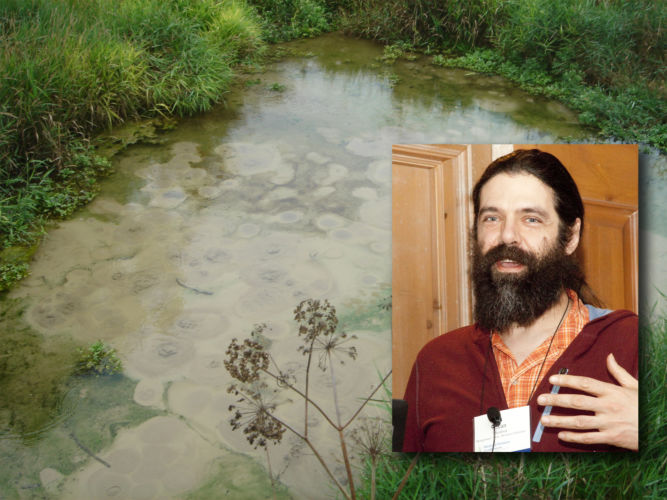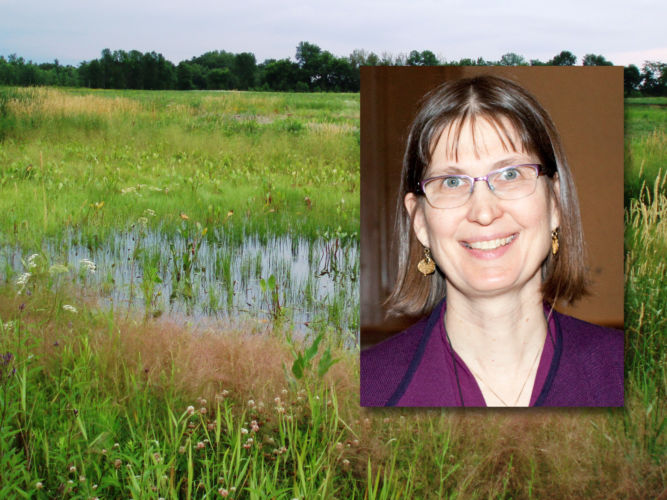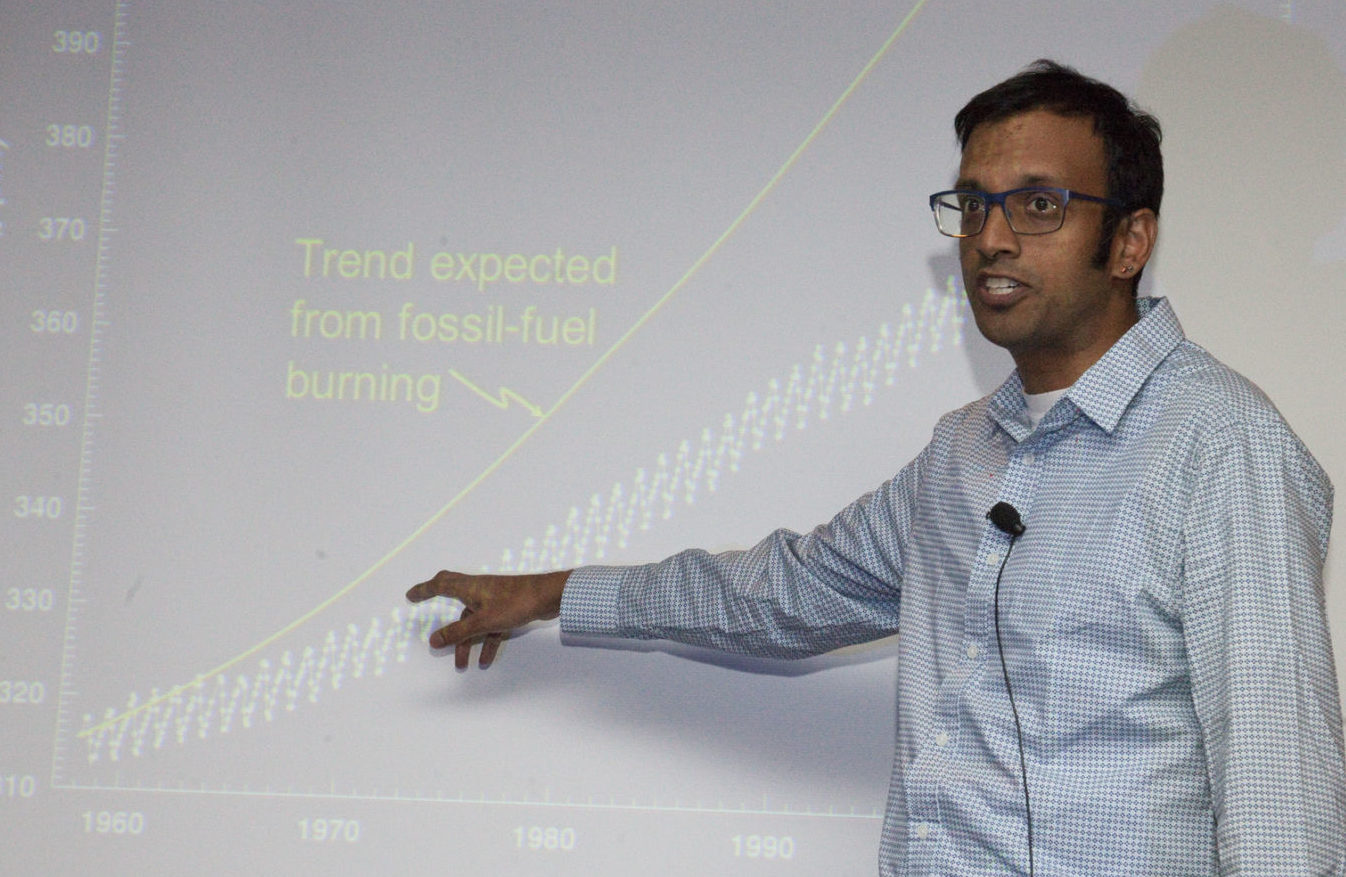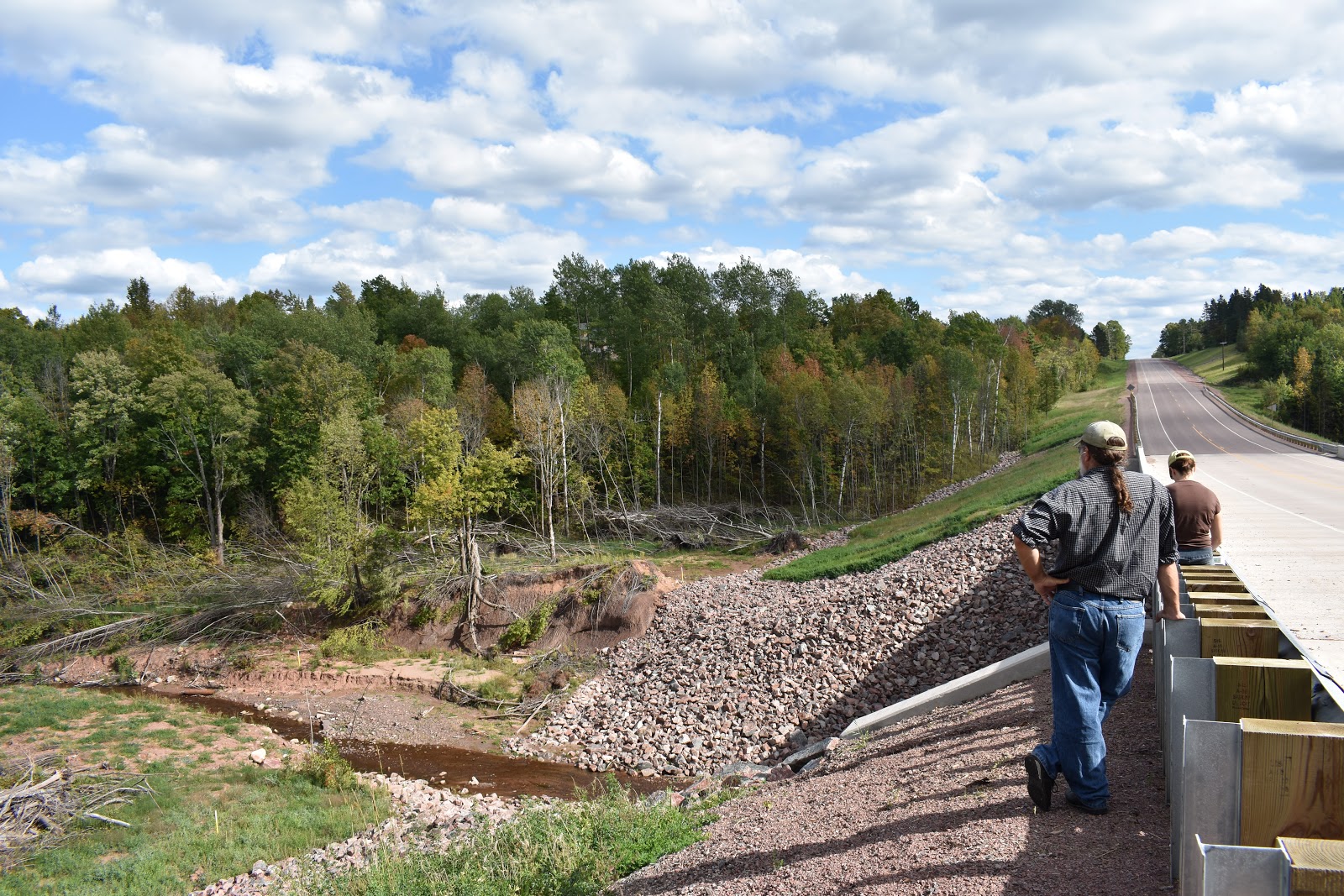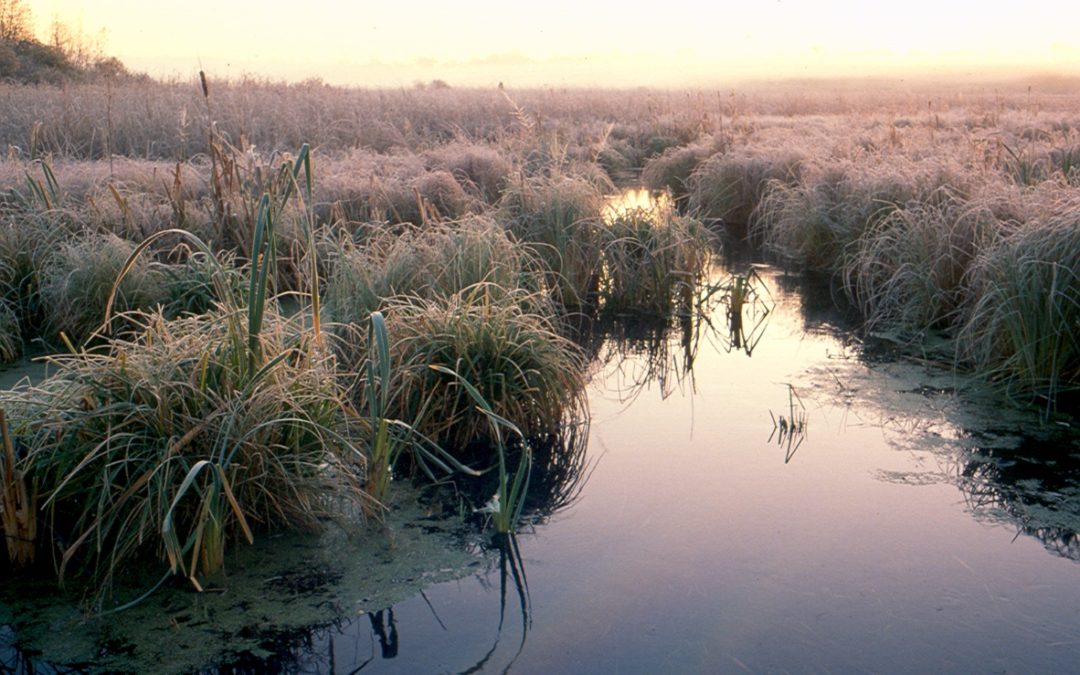In this four-part series, several wetland experts who spoke at our 2018 Wetland Science Conference examine wetland resilience for a changing world. These articles originally appeared in the 2018 Vol 1 Newsletter from Wisconsin Wetlands Association. Become a member and be the first to read our newsletter stories.
Climate change will certainly affect wetlands since many of the key climatic variables that support them are changing and are predicted to change more in the future.
One key variable, however, remains uncertain: how climate change will affect groundwater levels. Many wetlands are dependent on groundwater to maintain their hydrology and even small changes to the water table could leave them high and dry—or submerged. Trying to predict which outcome is more likely in the upper Midwest is a complex problem.
In many parts of Wisconsin, the spring runoff event is the largest runoff event of the year. Somewhat paradoxically, however, the spring runoff event is also the primary groundwater recharge event. Predicted changes to our regional climate will act on both sides of this equation: increasing winter precipitation will increase the amount of water available to infiltrate, but reduced snowfall could expose soils to cold winter temperatures, increasing the depth of soil frost formation. Little research has been done to determine how these forces will balance out.
But, recent research by Wisconsin Wetlands Association Board member Ken Potter and myself at UW-Madison is helping predict how spring recharge events might change in the future. Our results show that while the climate models predicted a range of future conditions, in all cases and across a range of soil types, climate change will lead to an increase in spring recharge and a decrease in spring runoff.
This change would have different impacts for different wetland communities. Some might see increased resilience as increased groundwater flows protect against possible future droughts. In others, water levels may rise faster than the ecosystem can adapt, leaving the wetland vulnerable to colonization by invasive species.
Understanding how to protect specific resources will require an in-depth examination of the needs and vulnerabilities of the systems that support them.
Adapted from Evan Murdock, Water Resources Engineer, Montgomery Associates: Resources Solutions
Photos by Monika Blazs and Laura England.
Related Content
How will wetlands be affected by climate change?
How can wetlands provide resilience against climate change?
Ankur Desai examines wetlands’ ability to sequester carbon, and what it means for climate change.
How can wetlands help communities be resilient to severe storms?
Wetlands and groundwater: It’s all connected

